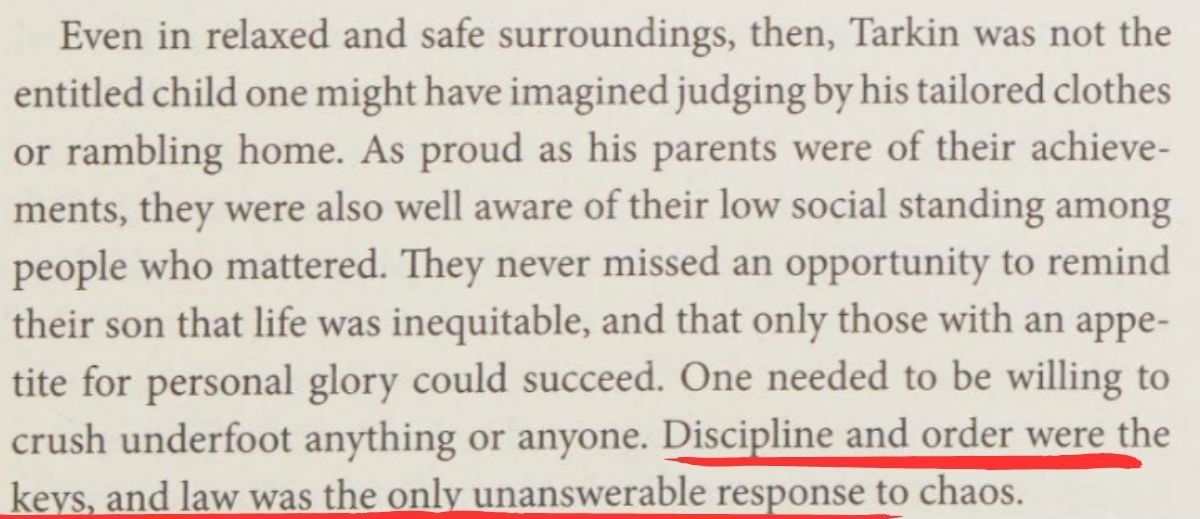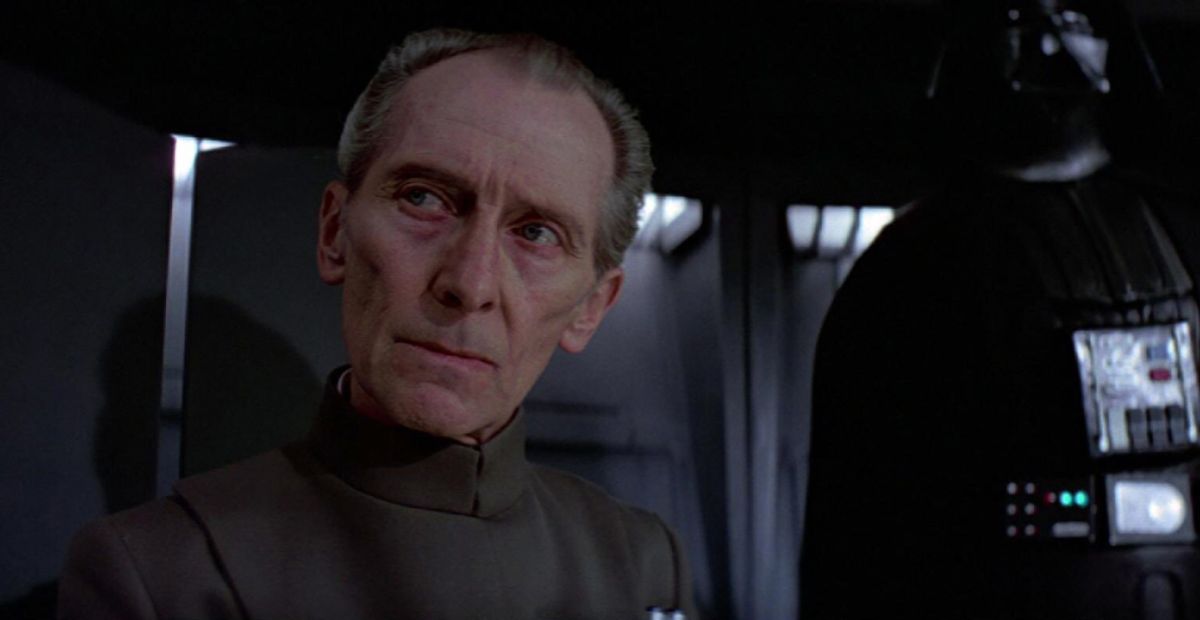Tarkin has always been one of those characters who never really fit the Republic, even when he was serving it. During the Clone Wars, he followed orders, wore the uniform, and fought under the Republic’s banner — but everything about the way he talked and acted felt… Imperial.
He believed in control, in fear, in structure — the kind of ideals that lined up far more with Palpatine’s Empire than with the Jedi-led Republic he claimed to serve.
So that raises the question: was Tarkin ever truly loyal to the Republic at all, or was he an Imperial in spirit long before the Empire was born?
Tarkin Was Loyal to the Authority
Throughout the Clone Wars, we see how Tarkin worked under the Republic, but even then, he never really acted like a man who believed in it. He followed the chain of command and respected strength above all else, not ideals like justice or democracy.
When he served alongside the Jedi, you could already see the conflict. Tarkin didn’t trust them. He saw them as politicians with lightsabers, too hesitant, too emotional, and far too focused on morals instead of results.
A good example of this is during The Citadel arc in The Clone Wars, when Tarkin works with Anakin, Obi-Wan, and Ahsoka to rescue Master Piell. Even while fighting on the same side, Tarkin openly questions the Jedi’s authority and their role in the war. He argues that the Republic should give more power to military leaders who can make “harder decisions,” something the Jedi Council constantly avoids.
It’s also where we see the early bond between Tarkin and Anakin form. Tarkin respects Anakin because he doesn’t hide behind rules or councils, he takes action. And that’s exactly the kind of thinking Tarkin believed in long before the Empire existed.
He Was About Law and Order
Tarkin wasn’t cruel just for the sake of it — he genuinely believed that control was the foundation of civilization. To him, chaos was weakness. The galaxy needed structure, and if that meant crushing rebellion or stripping away freedom, then so be it.
In Tarkin by James Luceno, we see exactly how deep that mindset runs. Even long before the Death Star, Tarkin talks about order as something almost sacred.
Tarkin wasn’t cruel for cruelty’s sake — his obsession with control came from how he was raised. On Eriadu, strength and discipline weren’t just admired; they were survival traits. His family constantly reminded him that the galaxy was unfair and that only those ruthless enough to seize power would ever rise above the rest.
James Luceno’s Tarkin novel captures this upbringing perfectly:
“Even in relaxed and safe surroundings, then, Tarkin was not the entitled child one might have imagined judging by his tailored clothes or rambling home… They never missed an opportunity to remind their son that life was inequitable, and that only those with an appetite for personal glory could succeed. One needed to be willing to crush underfoot anything or anyone. Discipline and order were the keys, and law was the only unanswerable response to chaos.”

That single line explains everything about Tarkin’s worldview. To him, authority wasn’t about cruelty — it was about structure. Chaos was weakness; order was strength. The Empire, in his eyes, wasn’t tyranny but progress — the next logical step for a galaxy that couldn’t govern itself.
Even under the Republic, Tarkin viewed the Jedi as too idealistic to maintain real stability. Under the Empire, he finally found a system that reflected the values that had shaped him since childhood: control, discipline, and fear as tools of peace.
To Tarkin, law and order weren’t instruments of oppression — they were proof that civilization was working. The stronger the control, the safer the galaxy. And that’s why he followed the Empire so naturally: it was the first government that truly embodied his vision of how power should be used.

